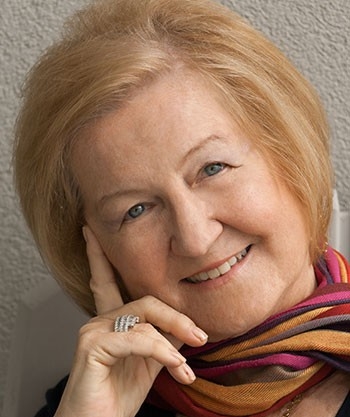Review of Oscar of Between: A Memoir of Identity and Ideas by Betsy Warland
In her memoir Oscar of Between, Betsy Warland shares her experience of living between categories of gender, sexuality, and culture. As someone who lived for years in “between,” Oscar (the author’s fictive name) understands the vulnerability and loneliness of those who live on the edges of society, who do not conform to traditional social constructs.
Alluding to recent news stories, Warland shows her reader the threat of violence facing the Other, those whom society views as different. She shares the New York Times’s article on the massacre in Norway and the story of the California Student who kills his three Asian roommates and wounds thirteen others before killing himself. Diverting the reader’s attention to the present, Oscar points out an older Aboriginal man on a street corner selling t-shirts with block letters that read “Aboriginal Holocaust 1492-?” (112 - 113). Told in a reportage style, Oscar’s listing of violent events presents a collage of horror. When she asks her friend Cheryl why her manuscript keeps returning to violence, Cheryl responds, “all our systems rely on various forms of aggressive control, threat and underlying violence” (131). By living between genders, Oscar defies one of society’s systems—consequently, she faces the threat of cruel and violent forces that make people like herself live out the roles society assigns to them.
Warland’s memoir was inspired by a trip she took to London in 2007 during which she visited the Camouflage exhibit at the Imperial War Museum. The exhibit featured photographs, artworks, and clothing showcasing the invention and use of camouflage during wartime. Oscar quickly recognizes camouflage as “the art of survival” (47) and her need to camouflage her identify signals the extent of her discomfort and desire for belonging (57). The memoir deals extensively with her loneliness and ostracism from society. Born in Iowa in 1946, she emigrated to Canada in 1972 and became a Canadian citizen shortly after. In Canada, Warland married, divorced, and came out as a lesbian. Her emigration to Canada and decision to embrace her sexual identity increased her feelings of isolation:
Not really a normal girl or suitable daughter not a welcomed member of the literary community not a proper wife for without question woman, not a normal employee not a real mother, not a loyal American nor true born-Canadian, not a conventional administrator not an easily qualified pay-cheque mortgagee, not a lesbian writer widely read by lesbians, not housed in an acceptable body, nor a_______: membership questioned at every turn (49).
Despite Warland’s endless search for belonging in society, her book ends with hope. During a lunch with a Cree friend, Oscar explains that she has come to accept who she is:
Oscar and Darrel are having lunch and talking about their manuscripts and histories with betweenness. Oscar tells Darrel her betweenness began in childhood but she didn’t know how to express it then. Says, when she became a writer, her betweenness gradually came into focus with her subject matter and lack of inclusion. As she developed her style of blending poetic strategies, exploration of ideas and narrative prose she grew to accept her solitariness. In telling this story, she found her narrative position: a person of between. Oscar finally isn’t obliged to category and its attendant allegiances. Isn’t at the mercy of its exclusions (216).
Warland’s writing style echoes her rejection of societal categories and subsequent embrace of the between. Like gender, sex, and culture, Warland’s memoir challenges the categories of poetry and prose. Warland plays with space on the page and her sparse use of prose signals Oscar’s alienation and aloneness. Warland also plays with words. Her memoir discusses a conference on Canadian Modernist Poets that took place in Windsor, Ontario two weeks after 9/11. Some of the presenters cancelled. Most who attended came by car and not by plane. Warland describes the mood of the time as “rampant panic. AtmosFear of” (51). By breaking up and misspelling the word atmosphere, she emphasizes the fear everyone felt following 9/11. Like her blending of genres, her play with words is a subversion of language, the power structure that imposes boundaries on her cultural and gender identity.
Besty Warland’s remarkable career spans more than thirty years. She is the author of several poems, essays, and creative non-fiction. She was the founder and former director of the Writers Studio SFU. She is the director and mentor of the Manuscript Intensive and the author of twelve books. Last year in Vancouver she won the mayor’s Arts Award for Literary Arts. She developed an interactive online Oscar’s Salon where guest writers, readers and artists interacted with passages from the book.
Warland, Betsy. Oscar of Between: A Memoir of Identity and Ideas. Halfmoon Bay: Dagger Editions an Imprint of Caitlin Press, 2016.
Cullene Bryant is a retired minister in the United Church of Canada. Bryant’s two collections of short fiction, Llamas In The Snow and In the Dry Woods were published by The Books Collective in Edmonton. Her prose and poetry have appeared in various literary journals. She is a graduate of The Writer’s Studio, Simon Fraser University, 2010. Her collection of poetry God is a Laughing Bedouinis to be published in 2017 by Inanna Publications in Toronto.

